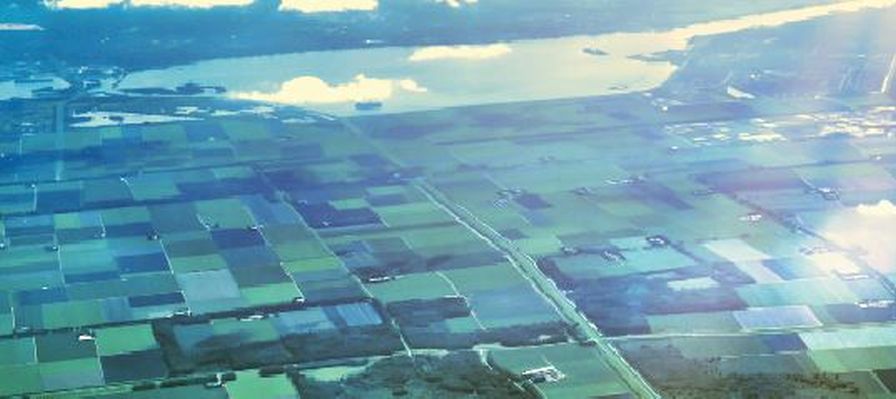Fertilizer: It’s Not A World Away
As we move into the time when fall harvests become a topic of focus, all eyes are on the effects of the U.S. drought. USDA recently reported that this year’s drought is the most serious since 1988. As a frame of reference, nationwide losses from the U.S. drought of 1988 exceeded $40 billion, exceeding the losses caused by Hurricane Andrew in 1992, the Mississippi River floods of 1993 and the San Francisco earthquake in 1989.
Against the backdrop of the U.S.’ drought is what is reported to be a dramatic increase in world food prices that some experts believe will evolve into a “chronic food crisis,” which is likely to last for many years to come. With a growing population that is increasingly demanding an improved diet that includes meat and other proteins, the food supply will have to grow by 40% to 60% by 2050 if we want to feed all of the world’s people.
Global food demand is outstripping the world’s ability to produce food, which is leading to a dramatic increase in food prices. Today, world grain stocks are at record lows, with consumption exceeding production in consecutive years. If growers stopped growing food today, storage bins around the world would quickly be depleted.
Dealing With Limits
Our options for increasing food production are limited both by the supply of land and water. Either we must place more acres into cultivation, increase current yields or both. While available arable land is growing in areas of the world such as Brazil, it is shrinking in other regions such as China. In the U.S. alone, more than a million acres of agricultural land are lost to development or other uses each year.
Both here in the U.S. and elsewhere in the world, fertilizer must be part of the solution. It is estimated that fertilizer alone is responsible for 50% of the world’s food production. Accomplishing this essential task of growing more on less land must be done with care for the environment. In the words of Nobel Peace Prize winner, the late Norman Borlaug: “This is a basic problem, to feed 6.6 billion people. Without chemical fertilizer, forget it. The game is over.”
This is not the fertilizer industry speaking, rather they are powerful words from a distinguished man who spent a lifetime working with farmers in developed countries to increase food production through modern agricultural practices.
Agricultural aid groups that are currently in operation recognize the value of fertilizer as well. The One Acre Fund is working in Kenya, Rwanda and Burundi to put together a permanent, proven investment package for growers and their families, which doubles farm income by providing seeds and fertilizer, weekly farm education and market facilitation. Fertilizer use by growers is at the core of One Acre’s program.
Delegates at The Fertilizer Institute’s upcoming World Fertilizer Conference will hear first-hand from One Acre Fund Co-Founder Andrew Jung about the organization and its efforts to ensure that fertilizer is part of the path to farmer sustainability.
While global food production and agricultural aid may literally seem a world away from your work with your customers, you have an essential role to play. By its leadership, agriculture in the U.S. can set a living example for growers around the world. The principles of 4R Nutrient Stewardship (use of the right fertilizer source at the right rate, at the right time and in the right place) are applicable at all levels of farming — from the sophisticated agriculture guided by precision practices to the most basic farming in less developed agriculture systems.
It is our hope that when the U.S.-based aid organizations that serve growers in the developing world see the environmental, economic and social value of 4R nutrient stewardship, they will work to implement this system as part of their own efforts.






